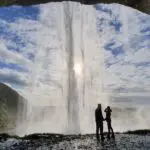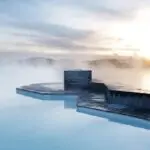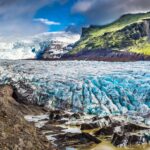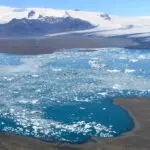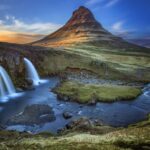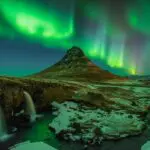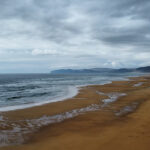We love our Icelandic horses because they are so much like us. Colorful and friendly while still being resilient and striding through life in our own unique way! They’ve been with us since the very beginning, adapting to our island home into something exceptional and remarkable.
Your Friend in Reykjavik wants you to understand how fantastic our horses are, starting with their history –
The History of The Icelandic Horse
The first Norse settlers to Iceland brought horses with them, integrating a new breed and equine heritage into the birth of Iceland! They are even part of our mythology – some say that part of Ásbyrgi canyon was formed by Odin’s horse, Sleipnir, making a hoof-fall on the north part of the island.
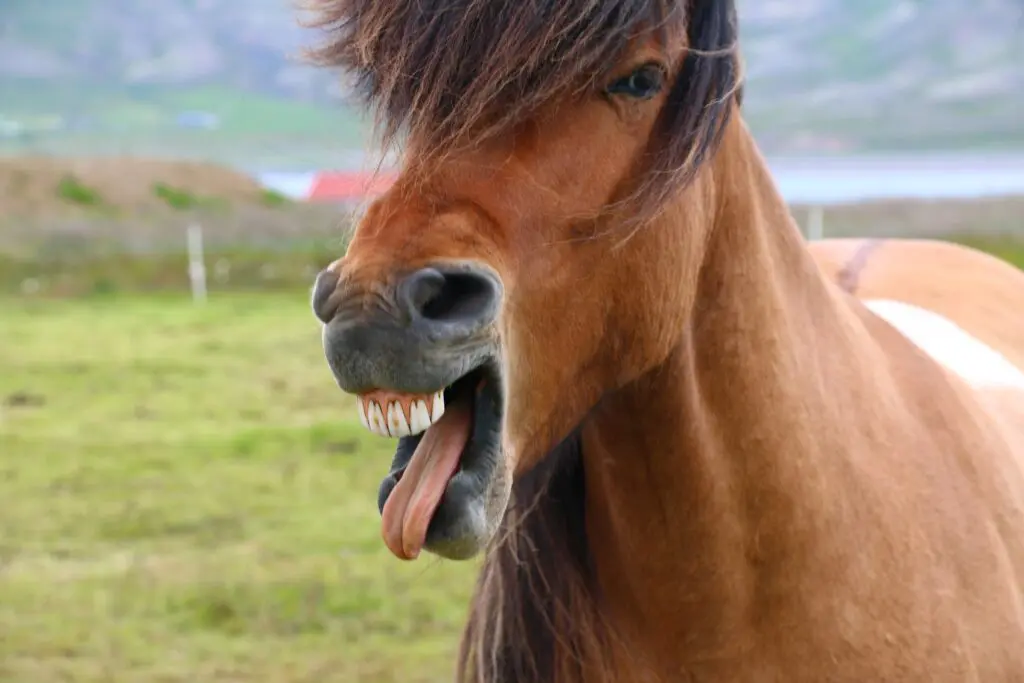
Back in the real world, over a millennium ago, settlers relied on their horses, selectively breeding them into the genial, sure-footed, sturdy steed you can see today. They helped settlers with farming and transport, and when times were tough, we ate them.
You may think interbreeding would make them weak or homogenous, but that is far from the truth. They can survive our harsh winters and volcanoes, and there are around 40 different colors (more on that later) and patterns among these purebred creatures.
And purebred, we want them to stay. To this day, Iceland does not allow anyone to import horses to the island. And if one of our four-legged friends is exported, it is never allowed to return.
Iceland’s Short Horses, Not Ponies
At first glance, many people may think that our Icelandic horses are “stocky” or “short” or, heavens, “ponies”. Okay, they could technically be called “ponies” since they are around 14 hands (58 inches for those unfamiliar with that measurement), which is small for a horse and typical for a pony. But size is not the only thing that defines a horse!
The International Federation for Equestrian Sports also considers temperament and strength. Since these spirited steeds are comparable to their taller relations, proving to be more than a mount for kiddie carnivals, they are horses!
Dancing Steeds of Iceland
After all those centuries of selective breeding, Icelandic horses developed a particular mutation that makes them stand (and walk, trot, and canter) apart from other horses. Other horse breeds may be able to walk, trot, canter, and gallop, but our horses can also tölt and skeið.
A tölt is when the horse moves forward, but always with one foot in contact with the ground. This creates a smoother, stabler experience for the rider without a lot of bounce.
The skeið is also called the “flying pace”. It is as fast as a gallop, but here, the two legs on each side move simultaneously, almost mimicking a human running. Again, this is a smoother ride, even as all four hooves leave the ground from time to time.
These gaits developed as the horses navigated our rocky, volcanic, icy terrains, and they look fabulous!
Almost Every Color of the Rainbow
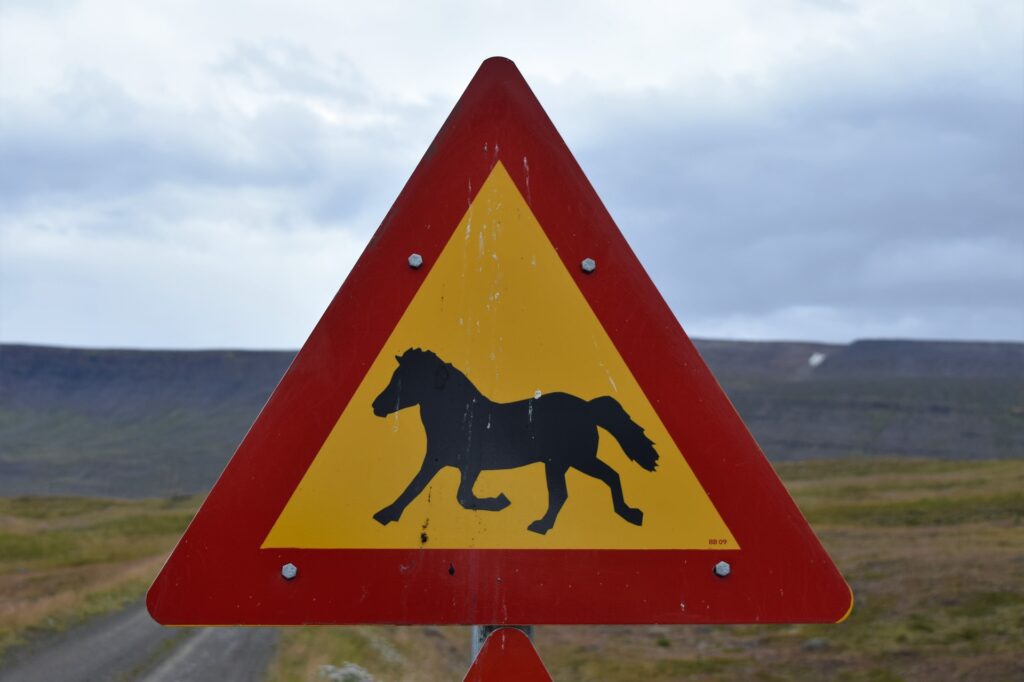
There is a saying here that “a good horse has no color”, but that won’t stop us from telling you about them! According to experts on Icelandic horses, there are over 40 different colors.
Of course, these are “horse” colors, the most common for our Icelandic friends are black, red (chestnut), and bay (reddish-brown). Then we get into things like skewbald, palomino, roan, dapple, and more. Along with these different colors, you get unique markings that may look like splashes of color, but those in the know would call them “blaze” or “stars”. However you want to call it, Icelandic horses may come in one size, but they come in seemingly endless colors!
Wild Icelandic Horses Everywhere
Even in today’s modern world, Icelandic horses hold a special place in Iceland. With just over 350,000 people here, around 80,000 horses share the island with us. With that many horses roaming the countryside, you would think there would be a few wild ones running free.
Visitors to the highlands may think there are herds of wild Icelandic horses. They would be wrong.
Nearby farms or stables most likely own those horses you see grazing in the fields. They are set to go “free range” from around spring, then are rounded up before the weather gets too cold.
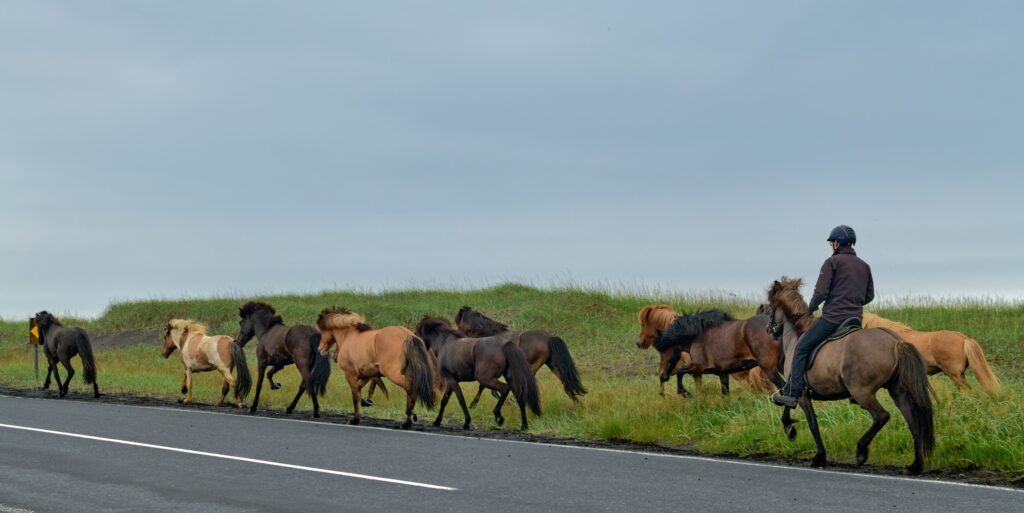
Celebrate the Icelandic Horse!
While horse-riding in Iceland is an experience you can enjoy all year round, beginners may want to shoot for summer outings as the weather is more pleasant and the terrain can be less treacherous.
There is no need to pack special equipment – the stables and farms here can kit you out as needed. But if you want to immerse yourself in Iceland’s equestrian pride, there are a few special times of year you may want to visit Iceland.
May 1 is the International Day of the Icelandic Horse, and local horse communities across the island welcome visitors to stop by and learn more about the Icelandic horses through various events, including open houses and day-long excursions.
Further into the summer, there is the National Icelandic Horse Competition or Landsmót, The National Icelandic Horse Competition. Held yearly in different locations around the country, the best riders and their horses gather to strut, tölt, or their stuff.
The highlight event is the Gæðingakeppni when riders show off all five gaits for a championship title. Remember we mentioned the “free range” horses in the previous section? Well, rounding them back to their homes is a nationwide réttir or horse round-up event.
It happens at the same time as the sheep round-up event. Farmers and stable owners reclaim their horses and head back home, helping to gather sheep along the way. This is a community endeavor, and volunteers are welcome. So, around September/October, people from all around pitch in to help bring sheep and horses home in exchange for food, drink, and fun at the Réttaball.
Please signup HERE for our newsletter for more fun facts and information about Iceland!

